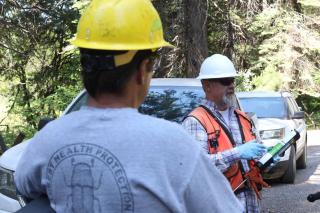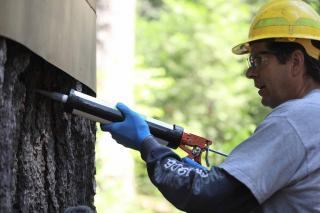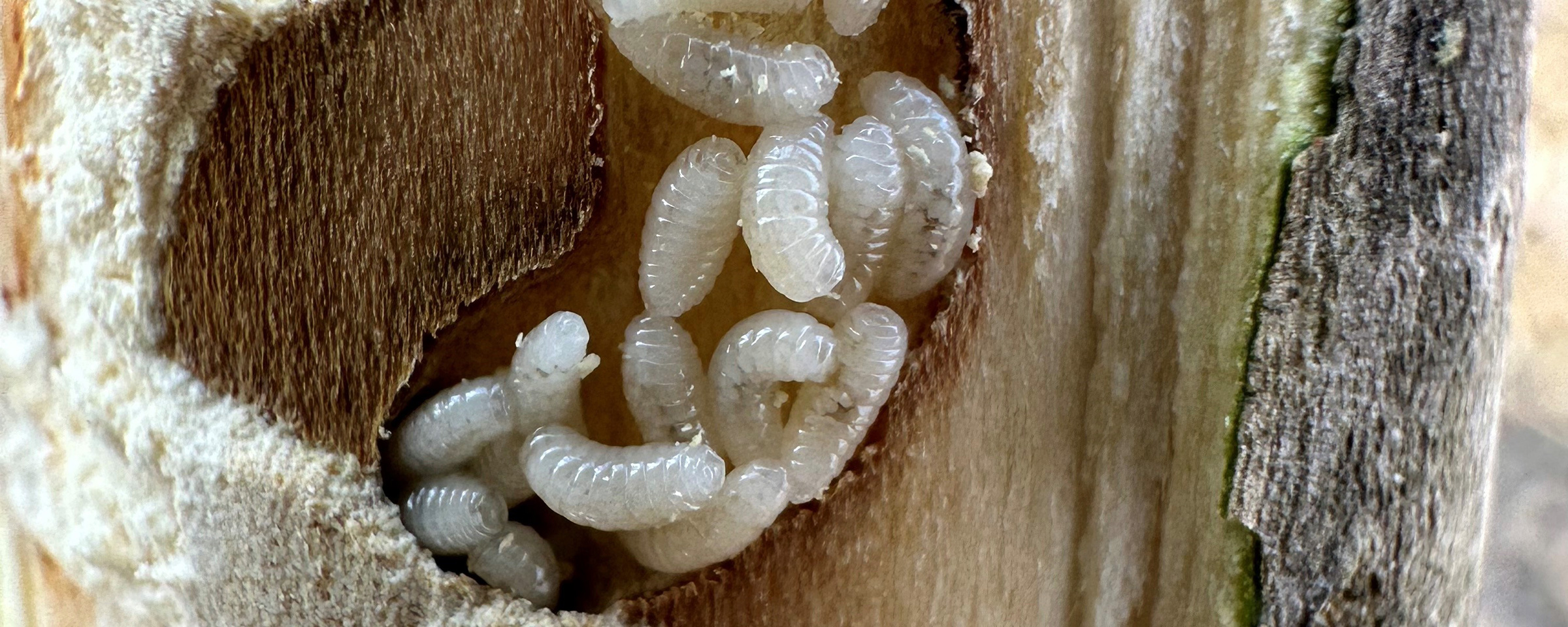
There is an ongoing conversation in the forest between insects and trees. But this conversation has no words and no sound. Instead, it uses the language of subtle aromatic messengers called pheromones. Bark beetles communicate with pheromones to invite others to join them when they are infesting a tree.

In forests throughout the West, mass attacks of bark beetles are part of a tapestry of environmental stressors that are killing millions of trees each year. They can do this because overcrowding, warming, drought and disease diminish the tree's defenses. Many forests have too many trees on the landscape, which creates competition for limited water and space to grow. Together, these environmental stressors weaken trees, making them more vulnerable to bark beetle infestation.

A silviculturist and three entomologists take us into the Tahoe National Forest in California to tell us about a pheromone called verbenone. Bark beetles produce verbenone as a chemical messenger to tell other beetles that "this tree is full". Through careful research, specialists have produced a formulation of verbenone, which can be applied to tree trunks in small doses or "dollops" to tells bark beetles "this tree is full", protecting the tree from infestation.





